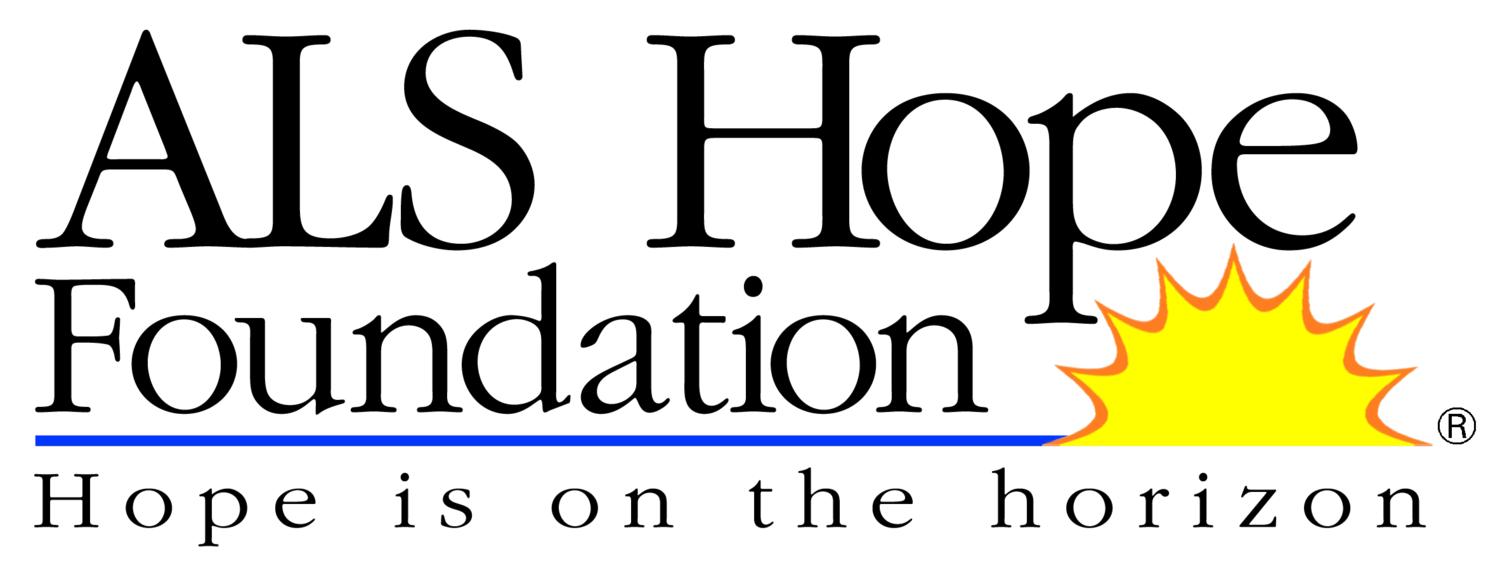The discovery of two new ALS genes
/Everyone is excited about the recent news that two new genes, NEK1 and C21orf2, were identified as susceptibility genes in ALS. This news adds to the growing sentiment among researchers that our genetic make-up plays an important role in who is at risk to develop ALS and that implicated genes can provide clues about what causes ALS as well as provide targets for treatment.
Familial ALS (FALS) cases comprise between 5-10% of all ALS and is generally a dominantly inherited disease, meaning that one of the individual’s parents passed on the abnormal gene. Remember that a gene contains the code for producing a particular protein and that the code is in the form of a series or sequence of building blocks called nucleotides. A change in that sequence is called a polymorphism and some changes are not deleterious while other changes result in a damaged protein and are termed mutations.
Almost 20 % of people with FALS have a mutation in the gene that codes for the protein Cu/Zn superoxide dismutase located on chromosome 21. To date scientists have now identified more than 30 different genes that when mutated can either cause or increase the risk of developing ALS. In fact, the most common genetic cause of ALS is the abnormal extra chromosomal material in the C9orf72 gene, called a hexanucleotide repeat. This abnormality has been found not only in 23% of families with ALS but also in 5-7% of people with ALS and no family history -i.e. people with sporadic ALS.
NEK1 is the latest gene identified to show a specific variation from the normal sequence in upwards of 3% of people living with ALS. What is most exciting is that this abnormality was identified through a world-wide collaboration of scientists collecting genetic material (DNA) and sequencing the entire genome (all of the genetic material from each individual) from more than 1000 familial cases of ALS. Additional examination of more than 13,000 sporadic ALS individuals also revealed an increased percentage of people with the same specific variation in the NEK1 sequence when compared to normal controls. This variation in the sequence would result in a possible loss of function in the NEK1 gene. NEK1 plays many roles in the cell, some of which have been implicated as a cause of neuronal damage in ALS including a role in the cytoskeleton which is important to transport in the nerve cells, regulation of membranes of mitochondria important in energy production, and a role in DNA repair.
It is clear that as we identify more and more of these variations in “susceptibility” genes, we will gain a better understanding about the pathways that are important for disease. Even more importantly we may be able to use these variations to stratify populations for individualizing therapies directed at particular pathways implicated by the genetic makeup of individuals with either sporadic or familial ALS.
Read more about the newly discovered NEK1 and C21orf2 FALS genes from ProjectMinE, and find out more about this initiative started by PALS! https://www.projectmine.com/news/









